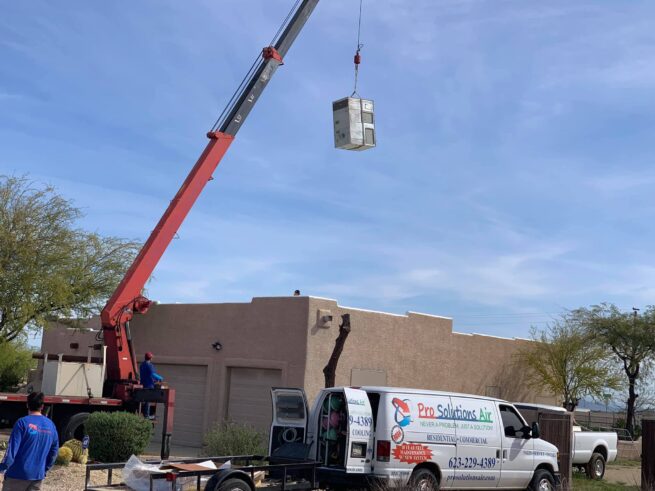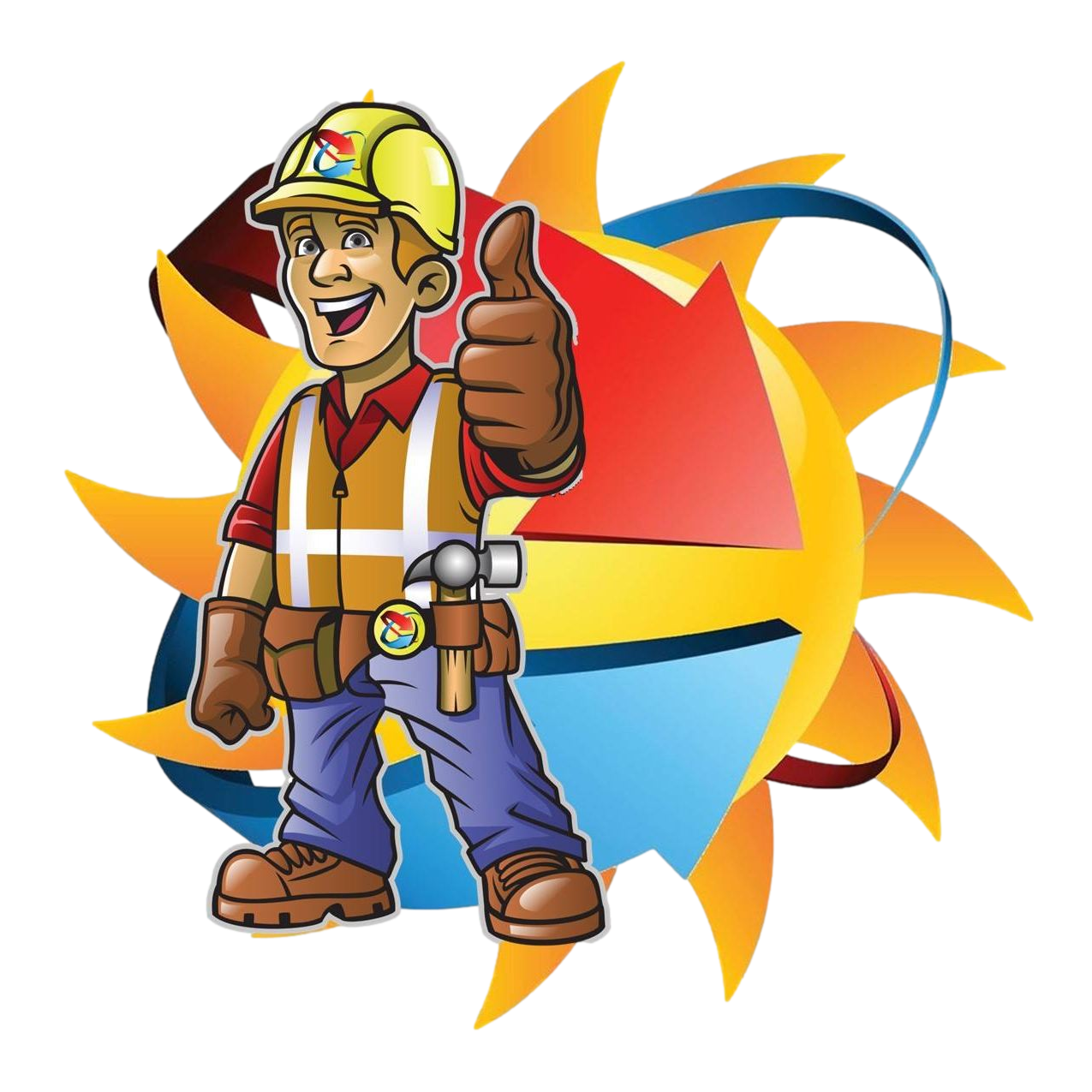A/C Repair, Heating, Electric & Repairs in Surprise, AZ
Our new and complete A/C units installed have the option available for purchase — a full 15 years parts AND LABOR warranty, as well as 15 years annual maintenance. Ask us about it!
A/C & Heater New Installs In Surprise, AZ
We are the Surprise, AZ air conditioning repair and new installation company. Pro Solutions Air was founded in 2011 by Donald Wade and his wife Tyra Wade. Pro Solutions Air services the entire valley 24/7. We are one of the top A/C companies in Surprise. We offer full service HVAC, service and installs as well as electrical and remodels.
Ask About How To Get A Full 15 years parts AND LABOR warranty, as well as 15 years annual maintenance!
We offer maintenance plans to keep your home comfort system at peak performance all year round. We are a leader in market technology and market trends. 24/7 Service No Extra Charge! You can rest assured you will be treated with integrity and always have honest and knowledgeable technicians. You can trust Pro Solutions Air for HVAC services in Sun City Grand, AZ and the surrounding areas.
A/C & Heater New Installs In Surprise, AZ
Pro Solutions Air services the entire valley 24/7. We are one of the top A/C companies in Surprise. We offer full service HVAC, service and installs as well as electrical and solar.

A/C new installations refer to the process of installing a new air conditioning system in a residential or commercial building. This involves the selection of an appropriate air conditioning unit, the design of the cooling system, and the physical installation of the equipment. Proper installation is critical to ensuring the efficiency, longevity, and performance of the air conditioning system. Here are the key steps and considerations involved in A/C new installations:
1. Assessment and Sizing:
- The first step is to assess the cooling needs of the space to determine the appropriate size and capacity of the A/C unit. An undersized unit won’t adequately cool the space, while an oversized unit can lead to inefficiency and discomfort.
2. Unit Selection:
- Choose the type of air conditioning system that best suits your needs, such as central air conditioning, ductless mini-split systems, or window units. Consider factors like energy efficiency, cooling capacity, and the layout of the building.
3. Ductwork (for Central Systems):
- If installing a central A/C system, existing ductwork should be inspected for leaks, damage, and proper sizing. Any necessary repairs or modifications should be made to ensure efficient airflow.
4. Location:
- Determine the optimal location for the A/C unit. For central systems, this is usually outdoors, while ductless mini-splits have indoor and outdoor components. Proper placement is essential for efficient operation and ease of maintenance.
5. Installation of Indoor Components:
- If installing a central system, indoor components like the air handler or evaporator coil are installed in a designated location within the building. Proper installation and secure mounting are crucial.
6. Refrigerant Lines and Electrical Wiring:
- Refrigerant lines and electrical wiring connect the indoor and outdoor components. These should be professionally installed to prevent leaks, electrical issues, and ensure safe operation.
7. Outdoor Unit Installation:
- For central systems, the outdoor condenser unit is installed on a level surface and positioned to allow proper airflow. Adequate clearance and proper anchoring are important.
8. Air Distribution (for Central Systems):
- Ductwork and vents are used to distribute cooled air throughout the building. Properly sealed and insulated ducts are essential for energy efficiency.
9. Electrical Connections:
- Electrical connections must be made to ensure power is supplied to the A/C unit safely and reliably.
10. Refrigerant Charging: – Refrigerant levels are carefully measured and charged according to manufacturer specifications to ensure efficient cooling performance.
11. Testing and Commissioning: – After installation, the A/C system is thoroughly tested to ensure all components are functioning correctly. This includes checking for proper cooling, airflow, thermostat operation, and the absence of leaks.
12. Safety and Compliance: – Installations should comply with local building codes and safety regulations. Permits may be required for certain installations, and inspections may be necessary to ensure compliance.
13. User Orientation: – The installer typically provides instructions on how to operate and maintain the new A/C system. This includes setting temperature preferences and replacing air filters.
14. Maintenance Plan: – Establish a maintenance plan to ensure the long-term performance and efficiency of the A/C system. Regular maintenance includes cleaning, filter replacement, and periodic professional inspections.
Professional installation by trained technicians is essential to ensure that your new A/C system operates efficiently, saves energy, and provides optimal cooling comfort. Proper installation not only maximizes performance but also extends the lifespan of your cooling equipment.
